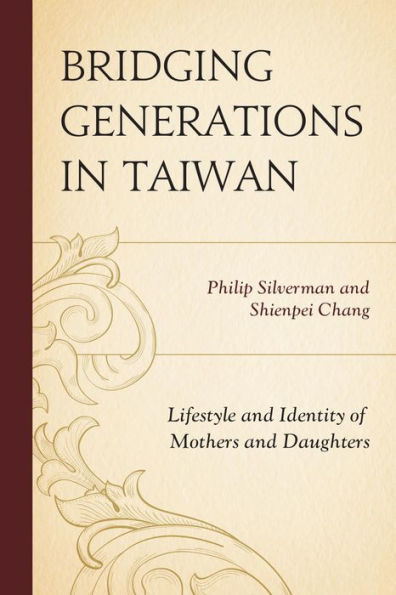This book contributes to an understanding of how globalization affects the lives of ordinary people. Since the middle of the twentieth century Taiwan has undergone a remarkably rapid change from a poor, mostly rural society to a thriving industrial, mostly urban one. Because of its openness to global influences, it has been called the first transnational culture. Women have been especially affected by the new opportunities available as this transition has occurred. We focus on two generations of women, mothers who came of age before the transition and their daughters who became adults as the island was emerging onto the top tier of industrial economies. We interviewed both generations in five families, obtaining first a biography of each, followed by a detailed inventory of their everyday lifestyle activities. In analyzing these two sets of data, a combination unique in the literature, we show the ways in which there has been an intermixing of transnational and local cultural elements. The result is a flowering of distinct identities as women can choose from a greater variety of lifestyle options by virtue of the increased awareness of the outside world. To make sense of this unfolding process, mostly concepts associated with theories of globalization are employed, but in some cases reformulated. Our approach to these issues can lay the groundwork for a more penetrating understanding of changing lifestyles in an increasingly globalized world in which transnational influences and traditional concerns are woven into a complex web of cultural responses.
1122423168
Bridging Generations in Taiwan: Lifestyle and Identity of Mothers and Daughters
This book contributes to an understanding of how globalization affects the lives of ordinary people. Since the middle of the twentieth century Taiwan has undergone a remarkably rapid change from a poor, mostly rural society to a thriving industrial, mostly urban one. Because of its openness to global influences, it has been called the first transnational culture. Women have been especially affected by the new opportunities available as this transition has occurred. We focus on two generations of women, mothers who came of age before the transition and their daughters who became adults as the island was emerging onto the top tier of industrial economies. We interviewed both generations in five families, obtaining first a biography of each, followed by a detailed inventory of their everyday lifestyle activities. In analyzing these two sets of data, a combination unique in the literature, we show the ways in which there has been an intermixing of transnational and local cultural elements. The result is a flowering of distinct identities as women can choose from a greater variety of lifestyle options by virtue of the increased awareness of the outside world. To make sense of this unfolding process, mostly concepts associated with theories of globalization are employed, but in some cases reformulated. Our approach to these issues can lay the groundwork for a more penetrating understanding of changing lifestyles in an increasingly globalized world in which transnational influences and traditional concerns are woven into a complex web of cultural responses.
108.0
In Stock
5
1

Bridging Generations in Taiwan: Lifestyle and Identity of Mothers and Daughters
168
Bridging Generations in Taiwan: Lifestyle and Identity of Mothers and Daughters
168Related collections and offers
108.0
In Stock

Product Details
| ISBN-13: | 9781498514118 |
|---|---|
| Publisher: | Lexington Books |
| Publication date: | 10/30/2015 |
| Sold by: | Barnes & Noble |
| Format: | eBook |
| Pages: | 168 |
| File size: | 2 MB |
About the Author
From the B&N Reads Blog
